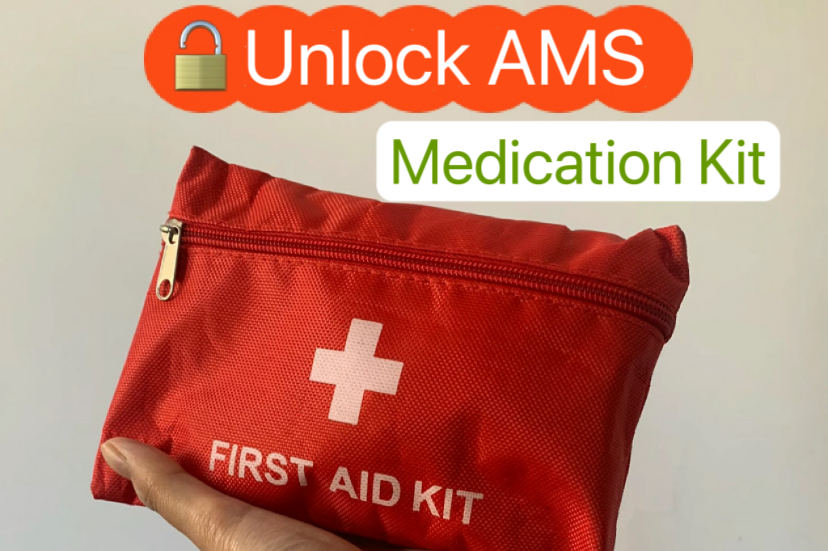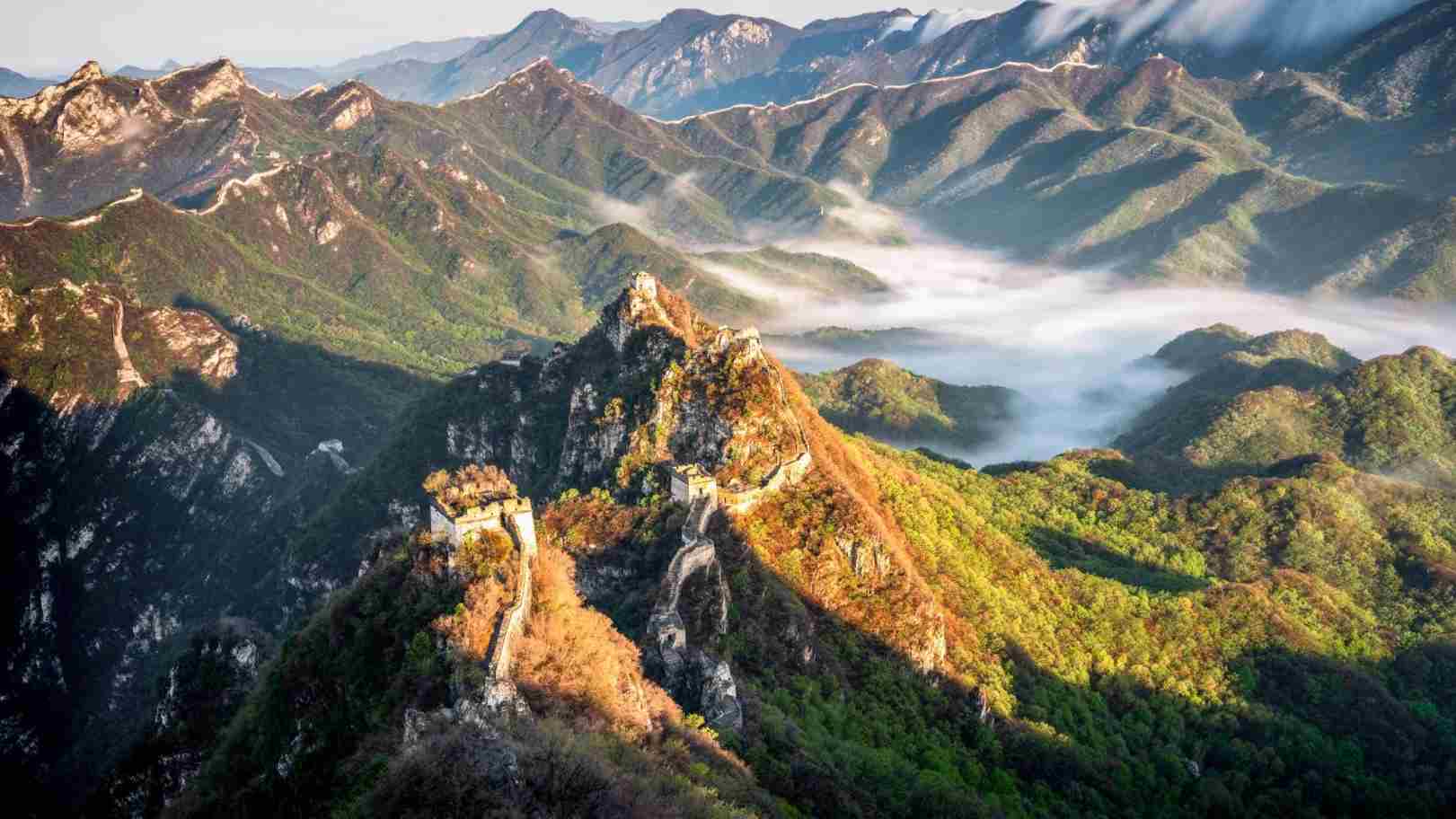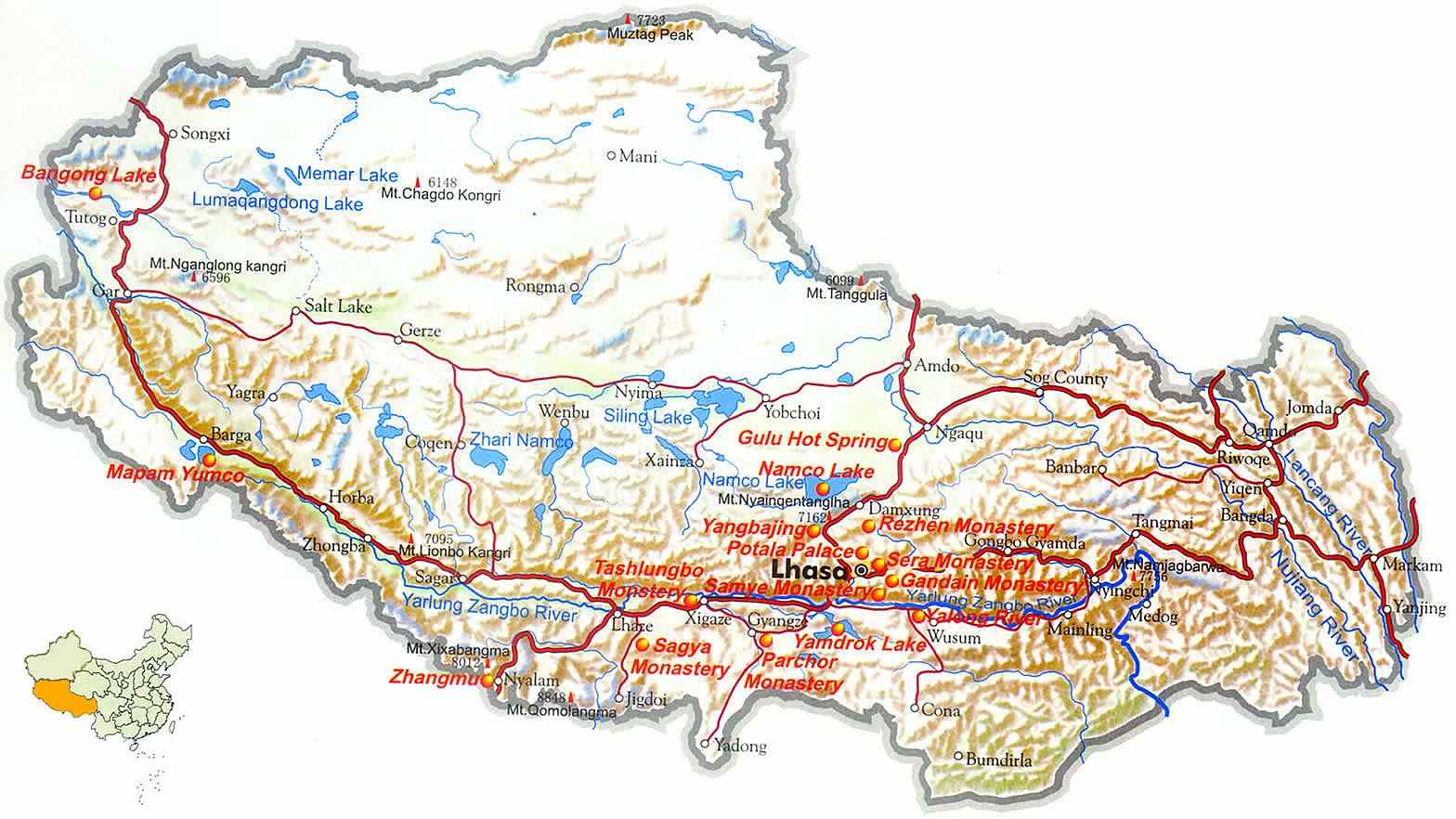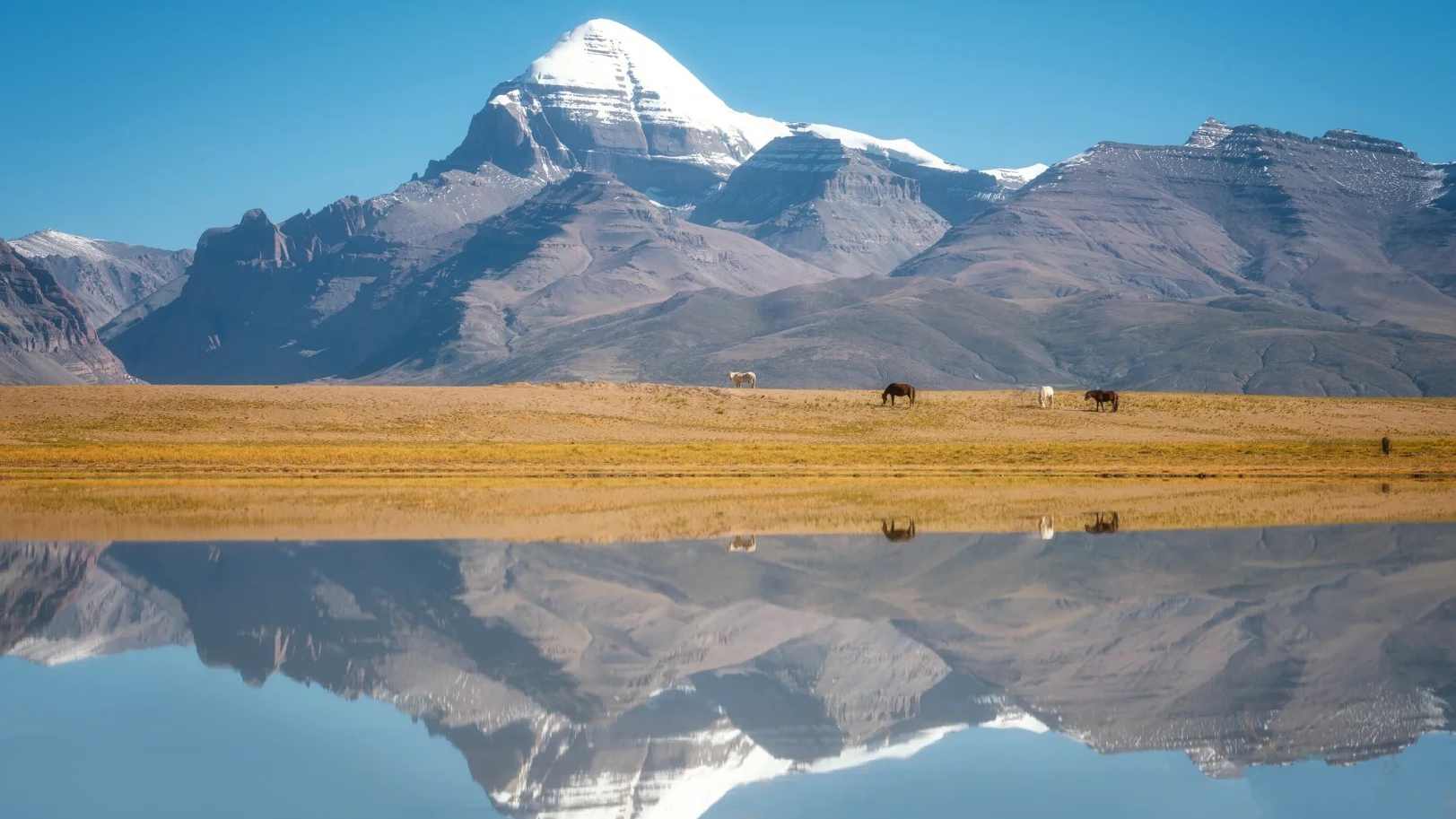We've had quite a few travelers on our Tibet tours report some strange AMS (acute mountain sickness) symptoms they experienced during their trip. Some say they overdid it during the day after arrival in Lhasa and suffered altitude sickness at night - it started with a headache, feeling dizzy🥴and lightheaded like they were walking on cotton. If they walked too fast, they'd get tunnel vision, and they had insomnia all night, unable to sleep in the hotel room because it felt stuffy. They felt better being outside rather than stuck in the hotel room.
This is quite common - many people exhibit these altitude sickness symptoms. Don't feel bad about it, it may just be that the hotel room was too stuffy and stagnant. The advice is to spend more time outdoors and sleep with the window open at night.
Another group mentioned that the 70-year-old seniors in their tour group all handled the trip to Shigatse, Everest, and Nagqu over 8 days just fine, with no altitude sickness, while the younger folks in the group struggled more. This is a common phenomenon - those with slower metabolisms tend to adjust to high altitudes better than those with faster metabolisms. Athletes and fitness enthusiasts 🏋️♂️ are more prone to altitude sickness because their bodies require more oxygen due to their faster metabolic rates. That's why we advise guests to avoid strenuous exercise for 15 days before coming to Tibet.
😄 Typically, 3,000 meters (around 9,800 feet) is defined as the critical altitude for human reactions. Below 3,000 meters is considered a "non-hazardous altitude" (no need for medication). Places like Dali, Lijiang, and Jiuzhaigou generally fall into this category, only causing minor adaptive responses in a small minority of people without harming health.
😅 Altitudes that can affect health but can be overcome (with the help of medication):
3,000-3,600 meters (Kham, Nyingchi, Lhasa): About half of the people will experience mild to moderate persistent altitude reactions, with a few having severe reactions. These are usually most prevalent on the first day of arrival, especially at night. Reactions tend to diminish and be overcome by the second day gradually. Specific symptoms include dizziness, headache, shortness of breath, and in severe cases, vomiting and insomnia. Some may also experience stomach bloating and poor appetite. Medications like Acetazolamide (Diamox), Rhodiola, Gao Yuan An, and glucose can help, but supplemental oxygen is generally not recommended as most people can overcome this on their own.
3,600-4,500 meters (Shigatse, Yamdrok Lake, Namtso): Most people will have moderate to severe reactions. Severe headaches, dizziness, and unsteadiness when walking are common, with some also experiencing chest tightness and shortness of breath. At these altitudes, supplemental oxygen can help if medications are needed. Severe cases may require hospital treatment with IV fluids, but most people can adapt within about two days.
🤣 Altitudes that significantly impact health:
4,500-5,000 meters (Ngari, Nagqu): The vast majority will have moderate to severe reactions. Medications can help reduce this to mild or moderate (depending on physiology), but supplemental oxygen is always recommended. It's generally not advised to go directly to these high altitudes without first acclimatizing at 3,000-4,500 meters.
5,000-5,500 meters (Everest Base Camp): These are dangerous altitudes. Regardless of your reaction or condition, you must avoid strenuous activity or loud shouting, as sudden life-threatening issues can strike without warning. Even if you feel fine, don't linger at these heights; retreat to lower altitudes as quickly as possible.
5,500-6,000 meters: The limits of what an average person can tolerate without specialized equipment. Extreme caution is advised.
Generally speaking, at 3,500 meters, memory and cognitive function begin to decline. By 4,500 meters, speech becomes halting with grammatical errors. Above 6,000 meters, a significant portion of people can suddenly lose consciousness even without obvious symptoms. Temperatures also drop about 6.8°C (12.2°F) for every 1,000 meters of altitude gained, so it gets colder the higher you go.
㊙ Let's dive right into the key points:
The core issue with altitude sickness comes down to intracranial pressure 🤯. Here's a basic physics fact - a sealed food package at low altitudes will bloat up once it reaches 3,500 meters. Similarly, the human body's cells are relatively sealed structures, and at high altitudes, the internal pressure increases. The critical factor in altitude sickness is this rise in intracranial pressure, which leads to a whole host of symptoms like headaches, dizziness, vomiting, and even edema in severe cases.
There's a lot of individual variation, which is why some people respond very differently to things like supplemental oxygen or Rhodiola. That's also why your doctor may prescribe acetazolamide (Diamox) when you tell them you're going to Tibet - it's originally a glaucoma medication that was found to help reduce intracranial pressure, making it an unexpected treatment for altitude sickness.
If you experience severe altitude sickness in Lhasa, you can visit the Xinsheng Clinic which is located at No. 19 Jiangsu Road, next to the Tibet Military Area Command and People's Hospital of Tibet Autonomous Region. They have decades of experience treating altitude issues, and their focus is on reducing intracranial pressure.
Now we've covered the basics of dealing with altitude sickness, but let's dive deeper into the key medications that can help manage the symptoms.
Headache Remedies:
Ibuprofen and naproxen are the go-to options for altitude-related headaches. They act quickly to provide relief, though they do carry some potential side effects. Keep these handy for when the pounding in your head starts.
Glucose for Energy:
Glucose-rich foods and drinks can help alleviate altitude sickness symptoms. Things like chocolate, buttered Tibetan tea, and even soda (though not the healthiest option) are high in calories and sugar, which your body craves at high elevations. Don't be afraid to indulge a bit to keep your energy up.
Preventative Medications:
Acetazolamide (also known as Diamox) and Rhodiola are two medications that can be taken proactively to help prevent or reduce altitude sickness. Acetazolamide works by lowering intracranial pressure, which is a key factor in altitude-related symptoms. Rhodiola is an herbal supplement that may also help the body adapt. Start taking these a few days before your high-altitude travel to give them time to take effect.
Supplemental Oxygen:
For more severe cases of altitude sickness, especially at elevations above 4,500 meters (around 14,800 feet), supplemental oxygen can make a big difference. Our Tibet tour group always equips vehicles with medical-grade oxygen tanks that are available free of charge. Don't be afraid to use this resource if you start experiencing worrying symptoms like chest tightness or shortness of breath.
One thing to note is that the effectiveness of Rhodiola seems to have diminished over the years. This may be due to the dwindling supply of wild-harvested sources, with the cultivated versions just not packing the same punch. Back in the 2000s, Rhodiola was a go-to remedy, but we now find the GAO YUAN AN to be more reliable for preventing altitude sickness, especially if taken a few days before your high-altitude adventures.
The key is to be prepared with the right medications and supplements before you even set foot in Tibet. Discuss your travel plans with your doctor, and stock up on the essentials so you can focus on enjoying your high-altitude experience rather than battling the AMS or altitude sickness.




















